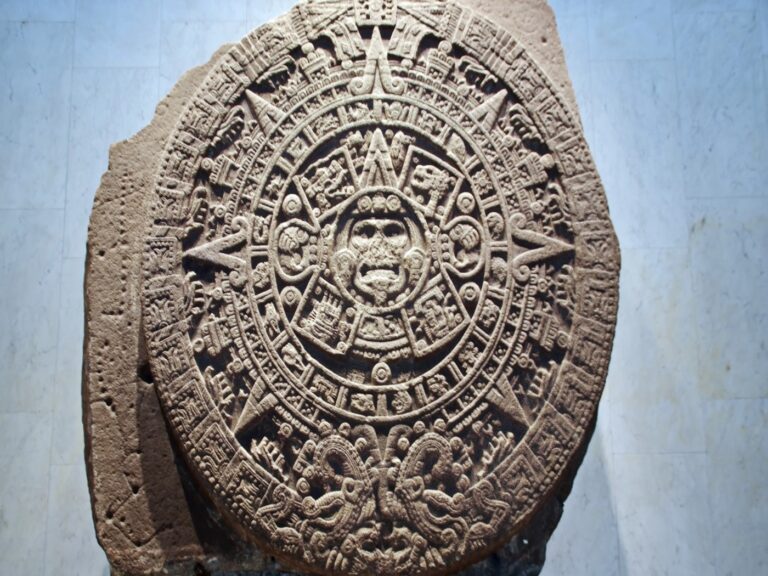/
Social classes: what they are and what types there are

The types of social classes are low, middle and high. This general classification is influenced by factors such as the level of income, the type of economic activity from which that income comes, the level of educational background, access to…
Altitude and latitude: what is it and the difference?

Altitude and latitude are two magnitudes that allow to measure geographical distances. Altitude, as applied to geography, refers to the vertical distance of any terrestrial point with respect to sea level. Latitude, on the other hand, is a measure of…
Mission and vision: what it is and the difference

The mission is the reason why something is done, while the vision refers to what you want to achieve in the future with what you are doing. The main difference between one and the other is that the mission is…
Mesoamerica, Aridoamerica and Oasisamerica: map, characteristics and comparative table

Mesoamerica, Aridoamerica, and Oasisamerica were three cultural superareas that occupied what is now Central America, Mexico, and the southwestern United States between 2500 B.C. and 1500 A.D. Recall that a cultural superarea is a region in which several communities or…
20 types of technology: what they are and examples

There are different types of technology: fixed, flexible, hard, soft, product, operation, equipment, cutting-edge, innovation, clean, among others. Beyond its types, it is important to remember that although we tend to associate technology with electronic devices, technology is any knowledge…
Differences between liberals and conservatives

Liberals are adherents of the political philosophy of liberalism, which advocates for the individual freedom above all things. Conservatives follow a current of thought called conservatism, which mainly advocates the maintenance of traditions in society. These two ideologies have different…
